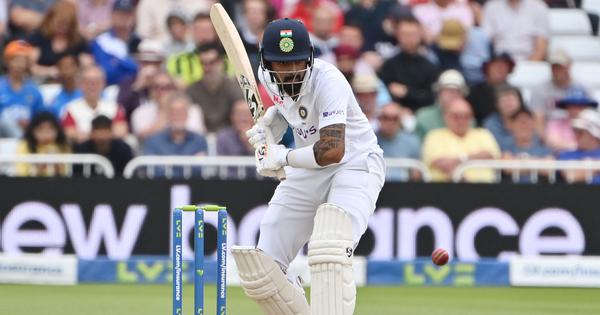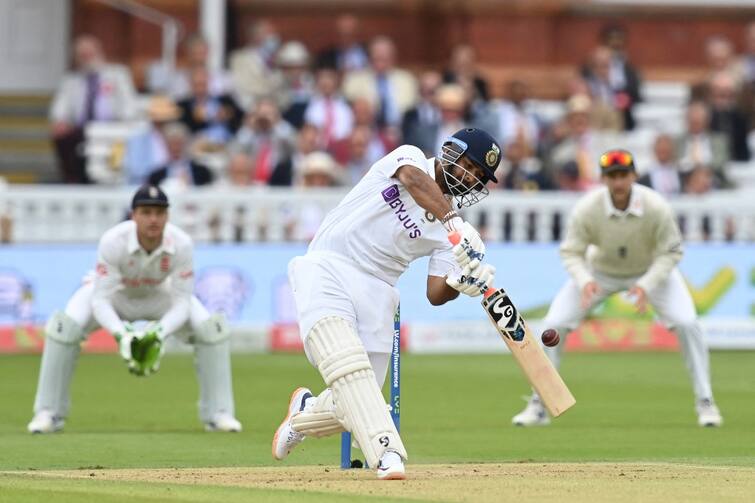You’d think more swing would mean more trouble, but India actually performs worse when there’s less — here’s why.

In England, swing tends to remain consistent throughout the innings, regardless of the ball’s age — with the red ball moving more through the air than it typically does in other SENA countries.
The Dukes ball enhances this effect, with its sharp seam and lasting durability producing more swing for longer periods. Reverse swing is uncommon in England due to milder weather and softer outfields. This prevent the ball from scuffing enough to generate significant reverse movement.
Indian batsmen, who have mostly played in conditions that don’t support swing bowling. They have found playing in England to be a difficult challenge. Since 1932, India’s top-order batsmen have averaged just 30.31 across 121 Tests in England. This is their second-lowest average in any country, only slightly better than their average of 28.88 in South Africa.

Since 2010, India’s top-order batsmen have averaged 28.69 in 23 Tests in England. This including bilateral series and WTC finals. One of their three lowest averages in any country, with only four teams performing worse in that period.
Notably, India faces greater challenges when there is minimal swing in the ball.
Since 2010, Indian top-seven batsmen in England have averaged only 25.23 when the ball swings less than 0.75° — a performance surpassed only by the West Indies. Even with more pronounced swing (between 0.75° and 2.25°), India’s batting averages remain below par.

India’s 2025 squad is largely inexperienced in England, with seven players yet to play a Test there.
One minor relief for India is the absence of England’s iconic swing duo, James Anderson and Stuart Broad, who have claimed 169 home wickets against them at an average of 23.41.
Even so, for Gill and his team, this series is likely to be one of the toughest challenges in Test cricket.



